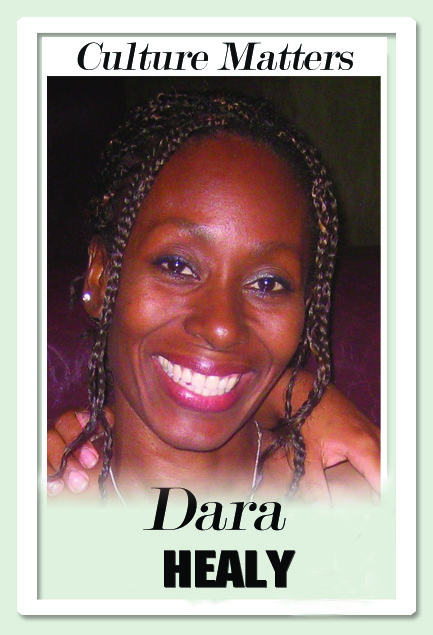Bond. A Caribbean Bond

Culture Matters
“Good morning Bond. It’s sure going to be a beautiful day. Heh heh heh heh. Yes sir, a beautiful day.”
– Geoffrey Holder, Bond film Live and Let Die
JAMES BOND falls slowly into the icy water. As he disappears into the impenetrable darkness, Adele’s mesmerising voice penetrates. “This is the end/Hold your breath and count to ten/Feel the earth move and then/Hear my heart burst again...For this is the end/I've drowned and dreamt this moment/So overdue I owe them/Swept away, I'm stolen...” The seabed parts and actor Daniel Craig falls deeper, emerging into another realm. The cinema is still. Instinctively we know something amazing is about to happen.
It is almost 60 years since Sean Connery, the original James Bond actor, appeared on movie screens around the world. One may be forgiven for thinking that he played the ultimate spy in more than seven films. Yes, it was just seven films between 1962 and 1971, and the final one in 1983. Nonetheless, the combination of his good looks, Scottish accent and confidence in front of the camera impacted us. As the films settled into our culture, we came to expect the risqué one-liners, fearless aggression and insatiable appetite for women, or, as some say, chauvinist behaviour. “Any higher Mr Bond (as Roger Moore attempts to seduce a woman on a plane) and my ears will pop.”
The passing of the larger-than-life Connery closed a portal that opened with the first Bond film, Dr No. The film established the iconic, suave characterisation of James Bond and other motifs that are now expected aspects of the world created by writer Ian Fleming. From the “balletic” nature of the fight scenes, to incredibly beautiful leading women and vodka martinis, shaken not stirred, to endless titillation with Moneypenny and the brilliant “Q” who never seems too impressed by Bond.
Intriguingly, the films also established a connection to the Caribbean whether as a significant location or showcasing flamboyant performers from our region.
Grace Jones portrayed a female villain in A View to a Kill. Jamaican Marguerite Le Wars (later Marguerite Gordon) played a sultry villainess in Dr No. TT national Geoffrey Holder appeared in the 1973 Live and Let Die as voodoo practitioner Baron Samedi. As typical with Holder, though he had few lines, his presence on screen was unforgettable. He used his height, voice, dance ability and Trini accent to full dramatic effect. This film was also the first time that a black woman, Gloria Hendry, featured as a Bond girl.
Unfortunately, the film’s treatment of African spirituality and understanding of Caribbean culture is to a certain degree convoluted and inaccurate. The main example is the choice of Jane Seymour as a “high priestess of Obeah” (I am not aware that this title exists) who uses tarot cards, which is not part of African spirituality.
Further, the portrayal of Haitian voodoo is somewhat sensationalised, a misrepresentation visible in other Hollywood films highlighting Caribbean heritage. However, this exoticised view of our culture is not surprising. Ian Fleming came from a background of wealth and privilege. He created James Bond in Jamaica in the 1950s, a country he visited for vacations at his family property.
Still, the Bond writers have successfully modernised Fleming’s work while retaining aspects of his original vision. A former journalist and “high-ranking officer in British naval intelligence during World War II,” his storylines contained elements of truth, against the backdrop of Cold War jostling for political supremacy. In Tomorrow Never Dies, Dame Judi Dench bursts into a situation room. “A message from 007. Just confirmed from my opposite number in China. Tell the fleet to search for a ship that’s invisible. Well, almost invisible to radar. The Chinese aren’t the enemy. Carver’s been playing both sides for fools.”
It is said that Connery, like Daniel Craig, fell in and out of love with the role. But in the end, as at the beginning, the Caribbean was there. Connery breathed his final air in the Bahamas. Yet, if he struggled with the role of Bond, Connery did not allow his internal battles to project onto the screen.
Of his own life, Geoffrey Holder said, “I walked through doors. If I’m not wanted in a place there’s something wrong with the place, not me.” As I watch Connery and Holder on screen, I think that this must be true for everyone who refuses to be limited by others. I imagine that this was true for Sean Connery. Certainly it would be true for Bond. James Bond.
Dara E Healy is a performance artist, communications specialist and founder of the NGO, the Indigenous Creative Arts Network – ICAN


Comments
"Bond. A Caribbean Bond"